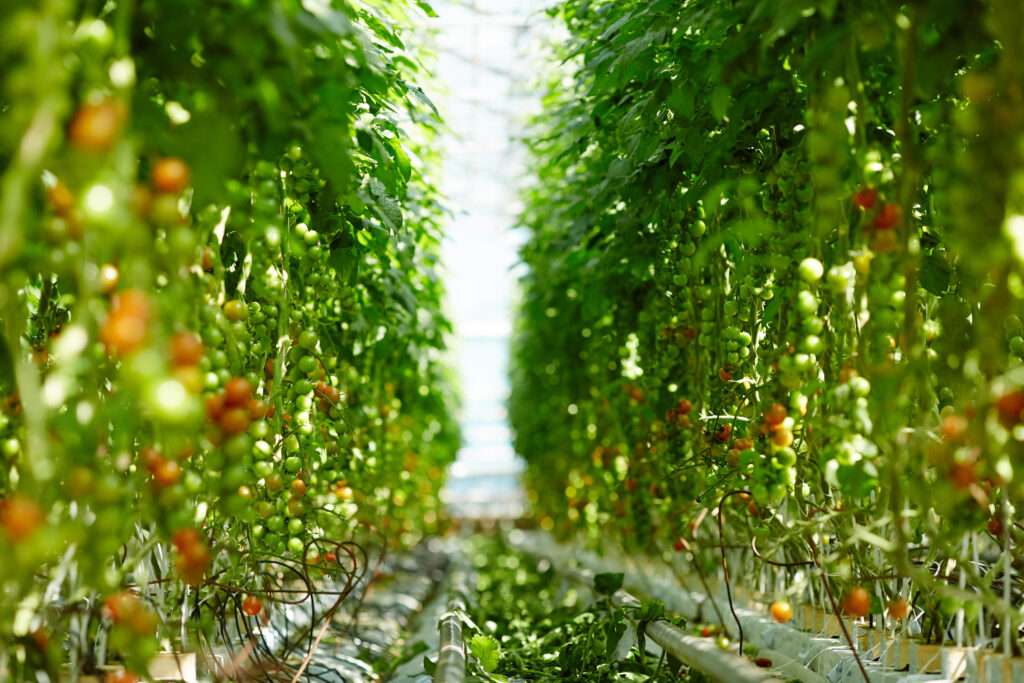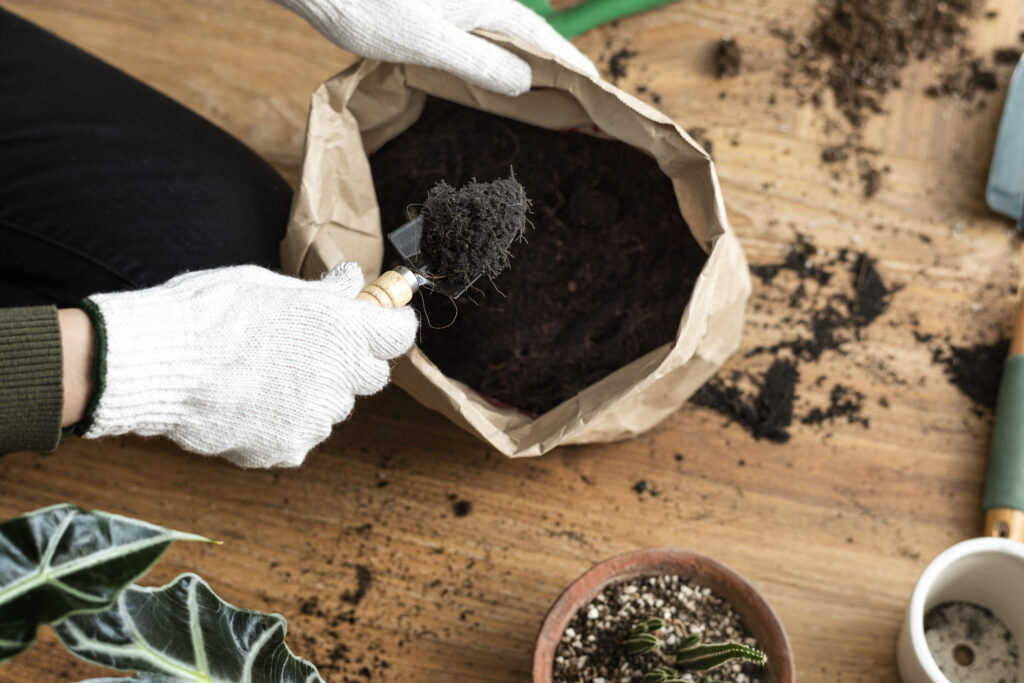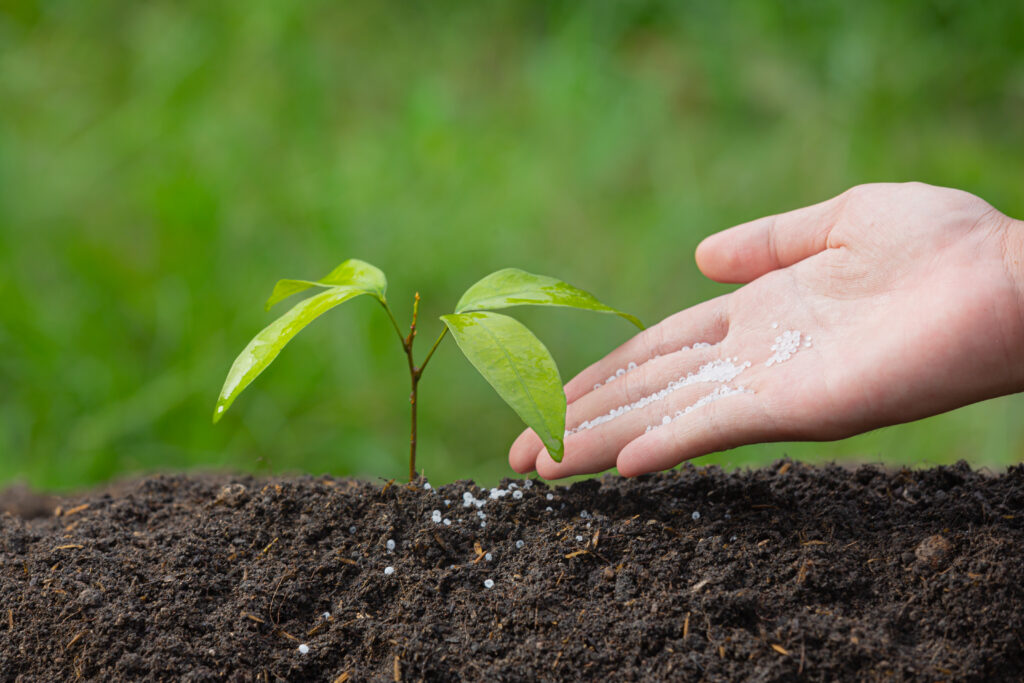”Unlock the secrets of successful gardening with our guide on Tomato Plant Fertilizer: Nourishing Your Garden’s Red Gold. Discover the art of nurturing vibrant tomato plants for a bountiful harvest,”

Introduction
Tomatoes, often referred to as “red gold”, are a staple in many gardens and kitchens. These juicy, vibrant fruits are not only delicious but also packed with essential nutrients. To ensure your tomato plants thrive and produce bountiful harvest, understanding the nuances of tomato plant fertilizer is crucial. In this article, we’ll explore the world of tomato plant fertilizers, guiding you through the types, application methods, and best practices to nurture your tomato garden. (agrscience.info)
Table of Contents
The Importance of Fertilizing Tomato Plants
Why Do Tomato Plants Need Fertilizer?
Tomato plants require a balanced diet of essential nutrients to grow vigorously and yield tasty, ripe tomatoes. These nutrients include nitrogen, phosphorus, potassium, and various micronutrients. Fertilizers provide these vital elements, promoting robust growth, disease resistance, and improved fruit quality. (Tomato Plant Spacing)

Types of Tomato Plant Fertilizers
1. Nitrogen-Based Fertilizers
Nitrogen is crucial for leafy green growth. Nitrogen-based fertilizers are ideal for the early stages of tomato plant development, promoting healthy foliage and strong stems.
2. Phosphorus-Rich Fertilizers
Phosphorus aids in root development and flower production. Fertilizers high in phosphorus are vital during the flowering and fruiting stages.
3. Potassium-Enriched Fertilizers
Potassium strengthens tomato plants, making them more resistant to diseases and environmental stressors. It also contribute to fruit developments and ripening.
Organic vs Synthetic Fertilizers
The Organic Approach

Organic tomato plant fertilizers, such as compost, bone meal, fish emulsion, are derived from natural sources. They enrich the soil with organic matter and provide a slow-release of nutrients, promoting soil health and microbial activity.
Synthetic Fertilizers: A Quick Fix

Synthetic fertilizers, on the other hand, offer a rapid nutrient boost to tomato plants. while they can be effective, they may lead to nutrient imbalances if not used judiciously.
When and How to Apply Fertilizer
Effective fertilization depends on timing and application techniques. Generally, you should:
- Apply fertilizer before planting or transplanting.
- Side-dress the plants with fertilizer as they grow.
- Avoid direct contact between fertilizer and plant stems to prevent burning.
Signs of Nutrient Deficiency in Tomato Plants
Identifying nutrient deficiency is vital to address issue promptly. Common signs include yellowing leaves (nitrogen deficiency), purple stems (phosphorus deficiency), and fruit rot (calcium deficiency).
DIY Tomato Plant Fertilizer Recipes
1. Banana Peel Fertilizer
Banana peels are rich in potassium. Blend them with water and use the mixture as a nature fertilizer.
2. Epsom Salt Solution
Epsom salt provides magnesium, promoting chlorophyll production. Dissolve a tablespoon in a gallon of water and apply it to your plants.
Overfertilization and Its Consequences
While fertilizing is essential, overdoing it can harm your tomato plants. Overfertilization can lead tp salt buildup, nutrient imbalances, and stunted growth. Follow recommended dosage guidelines for the specific fertilizer you use.
Best Practices for Fertilizing Tomato Plants
- Test the soil to identify nutritional deficiencies..
- Choose a balanced fertilizer with a ratio like 10-10-10.
- Water your tomato plants consistently to prevent drought stress.
- Monitor plant health and adjust fertilization as needed throughout the growing season.
Tips for Maximizing Tomato Yield
To maximize your tomato yield:
- Prune your plants to improve air circulation.
- Use mulch to retain moisture and regulate soil temperature.
- Stake or cage your plants to support heavy fruits loads.
Common Tomato Plant Fertilizer FAQs
1. How often should I fertilize my tomato plants?
Fertilize at planting, then every 3-4 weeks during the growing season.
2. Can I use homemade compost as a tomato plant fertilizer?
Yes, homemade compost is an excellent organic fertilizer.
3. Is it possible to over-fertilize tomato plants?
Yes, over-fertilization can damage plants, so follow recommended guidelines.
4. When should I stop fertilizing my tomato plants?
Stop fertilizing about a month before the first expected frost.
5. Are there any natural alternatives to chemical fertilizers?
Yes, options like compost, fish emulsion, and bone meal are great natural alternatives.
Conclusion
In the world of gardening, nurturing your tomato plants with the right fertilizer is the key to a successful harvest. By understanding the types of fertilizers, when to apply the, and best practices, you ensure that your tomato plants thrive and reward you with juicy, flavorful tomatoes. So, get your hands dirty and enjoy the satisfying process of growing your “red gold.” ( websoftempire.com )
FAQs
- How often should I fertilize my tomato plants?
- Fertilize at planting, then every 3-4 weeks during the growing season.
- Can I use homemade compost as a tomato plant fertilizer?
- Yes, homemade compost is an excellent organic fertilizer.
- Is it possible to over-fertilize tomato plants?
- Yes, over-fertilization can damage plants, so follow recommended guidelines.
- When should I stop fertilizing my tomato plants?
- Stop fertilizing about a month before the first expected frost.
- Are there any natural alternatives to chemical fertilizers?
- Yes, options like compost, fish emulsion, and bone meal are great natural alternatives.
very knowledgeable I like it
Thank you for your interest. Be with us for more agriculture knowledge.